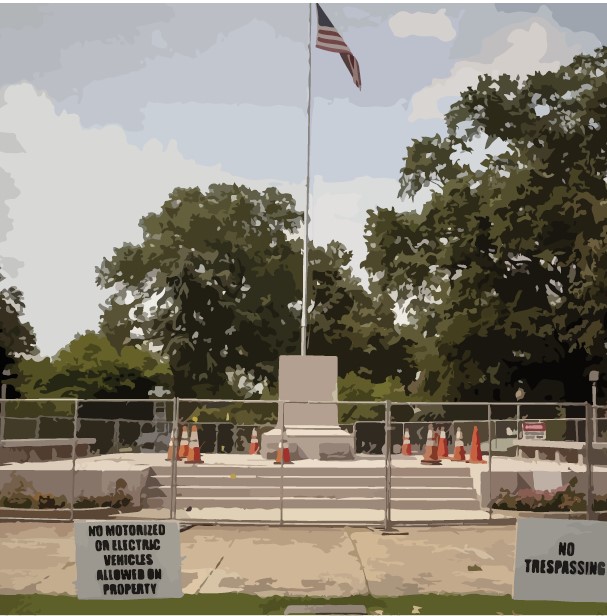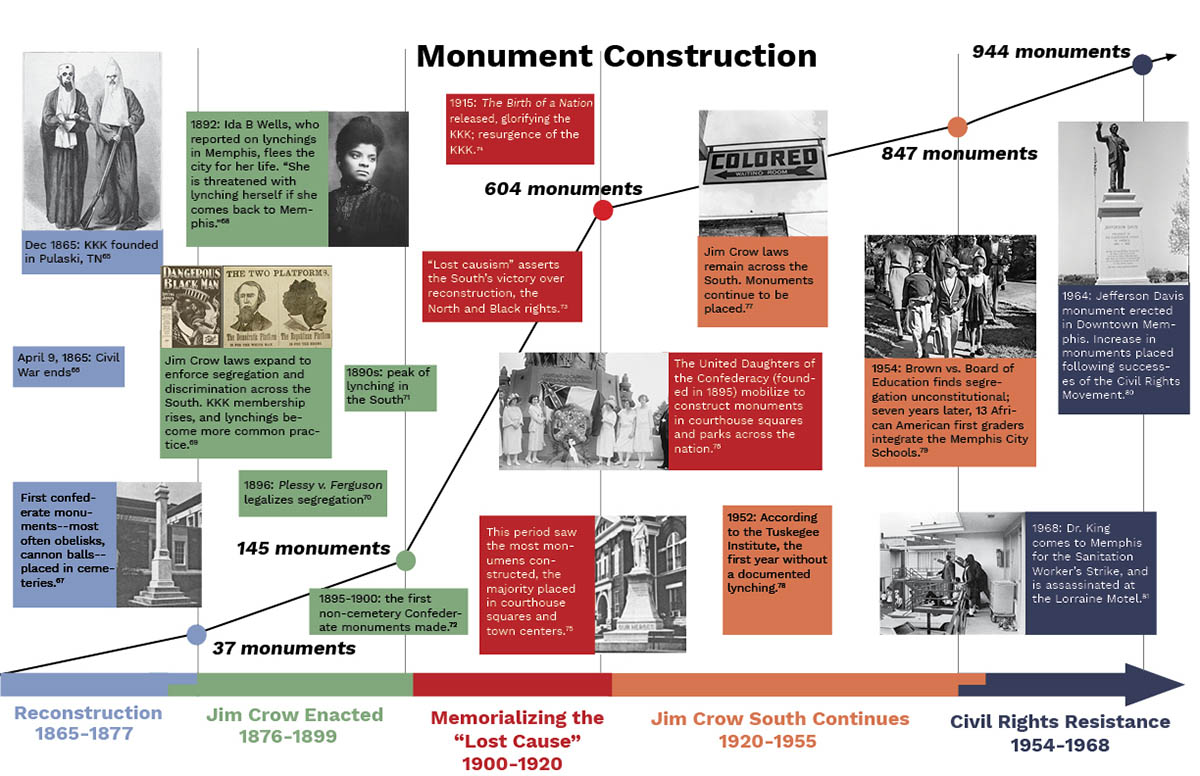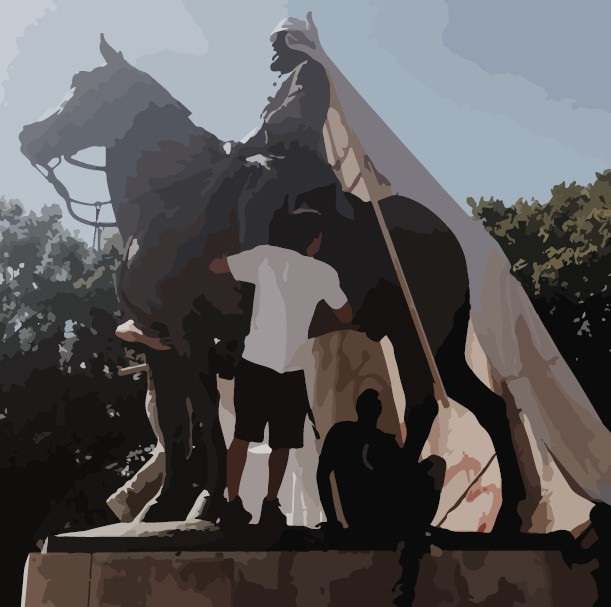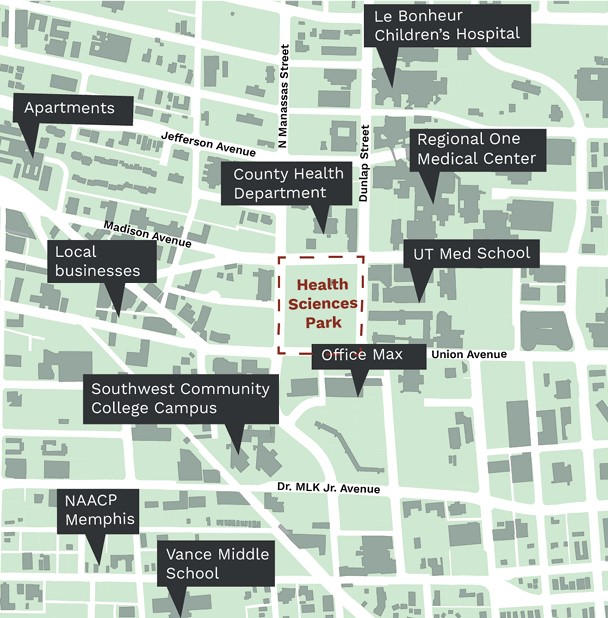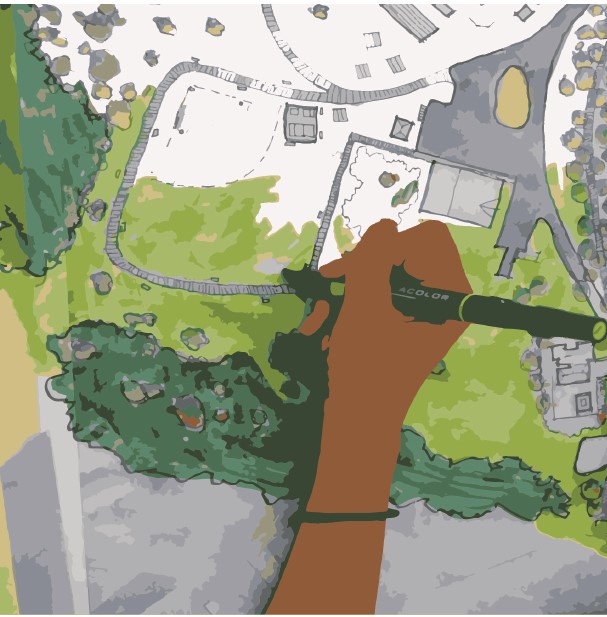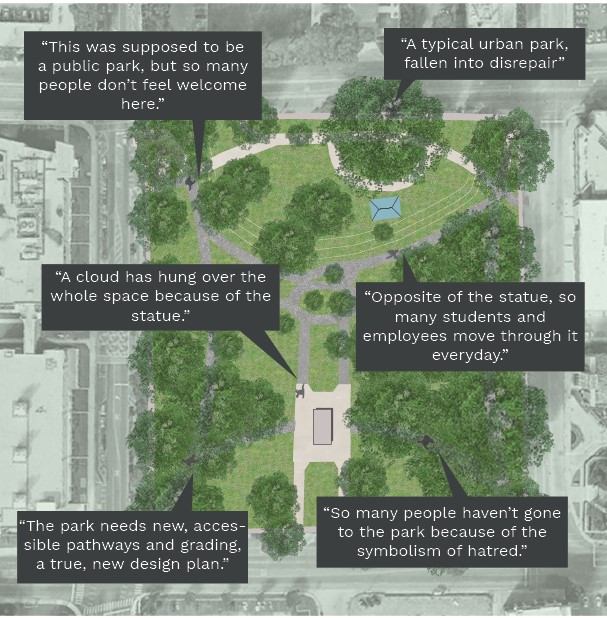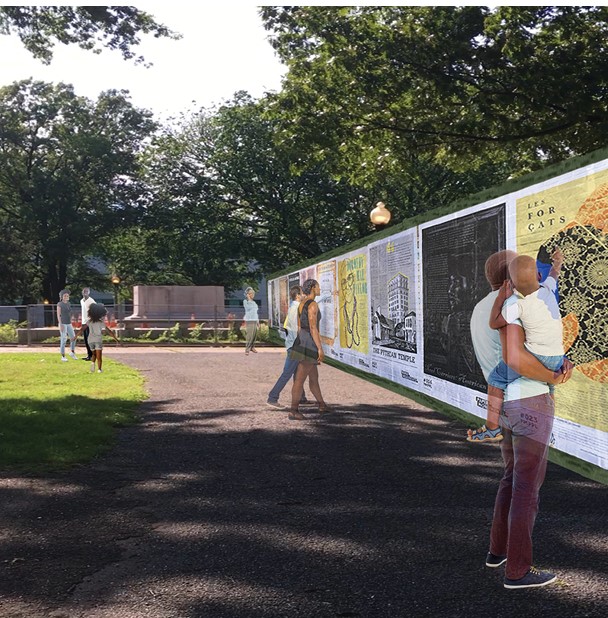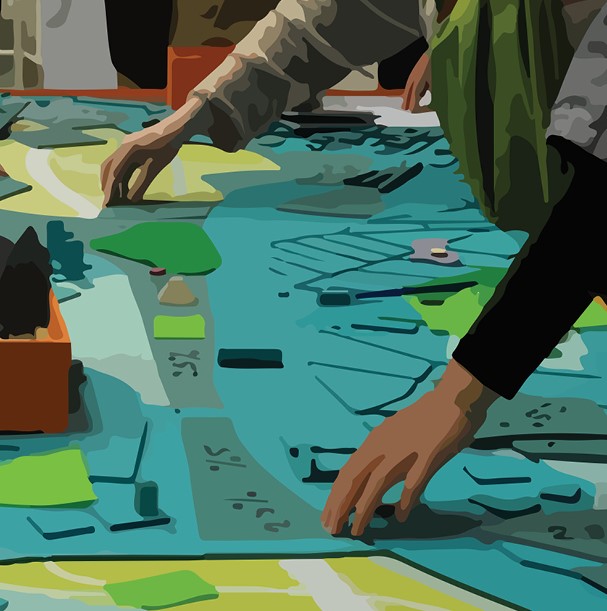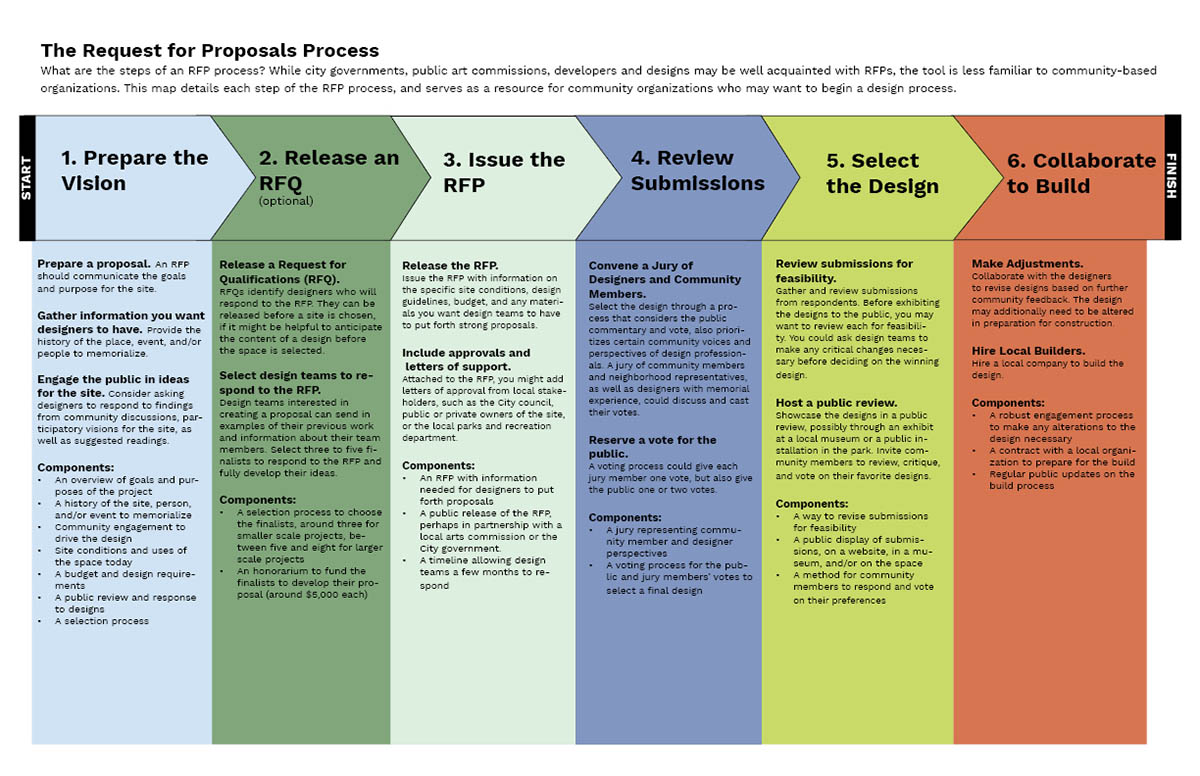2020 Urban Planning Thesis Prize: Margaret Haltom’s “The Next Southern Landmark: A Roadmap to Confederate Monument Redesigns and RFP for the Site of a Former White Supremacist Statue”
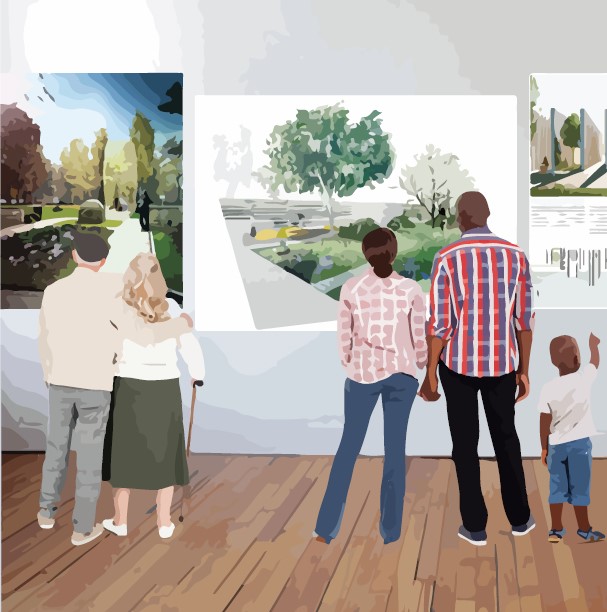
Community members engage in a public review of the proposed designs for Health Sciences Park. They offer critiques and commentary before voting on the winning design.
by Margaret Haltom (MUP ’20) — Recipient of the Urban Planning and Design Thesis Prize in Urban Planning
Following white supremacists’ acts of violence in Charleston, South Carolina (2015) and Charlottesville, Virginia (2017), activists and city officials mobilized to remove 52 Confederate monuments across the South. This contemporary era of monument removal is well-known—documented in news outlets and academic journals alike—and ongoing. Preservationists dispute the role of monuments in public memory, while progressive policymakers battle against heritage laws that prohibit their removal. But the future of these vacant pedestals, and, in particular, the role of community members and urban planners and designers to collectively create new landmarks in their place, remains relatively unexplored.
This thesis considers the context of, and process for, redesigning the sites of former Confederate monuments through a case study in Memphis, Tennessee. Focused on a former Nathan Bedford Forrest monument and its surrounding nine-acre park, I collaborate alongside a community coalition to create a process for redesign and Request for Proposals. I partner with the Lynching Sites Project (LSP) of Memphis, a coalition of teachers, faith leaders, local historians and other community members seeking to build monuments to victims of racial terror. Together, we ask: How might communities in the South reimagine and redesign former Confederate monuments? And, as the urban planner liaising with this community coalition, what is the planner’s role in creating inclusive processes to reclaim and transform these highly charged public spaces?
Through collaboration with LSP, as well as interviews with other activists, local leaders, planners, and designers, the thesis offers a roadmap for community-driven redesigns and explores the planner’s role in facilitating a more equitable design process.
